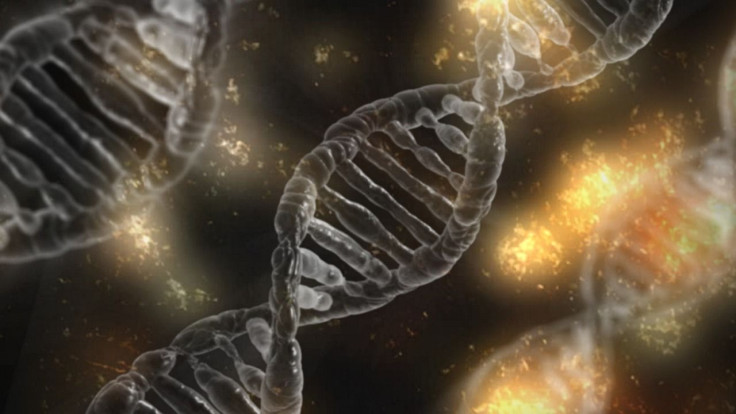Superbug Fears 2017: Can Antibiotic Discovery Fight Drug-Resistant Bacteria?

Scientists are on the road to harnessing the power of a new antibiotic.
Teixobactin “kills bacteria without any detectable resistance,” according to a study in the journal Chemical Communications, so it shows promise for treating drug-resistant infections. But experts struggled to fully understand its makeup and how it functions in order to derive effective drugs from it and use that power. The researchers have now observed the structure of teixobactin on a molecular level, bringing them closer to that capability.
“Although teixobactin does not mitigate all problems related to antimicrobial resistance, it is a definite step in the right direction, and our research continues to work towards this vital end goal,” team leader Dr. Ishwar Singh said in a statement from the University of Lincoln in England.
Read: Dirt Bacteria Might Be Cancer Medicine
According to Singh, understanding teixobactin’s molecular structure showed the researchers the role different amino acids play within it — with one of them crucial to “maintaining the disordered structure of teixobactin, which is imperative for its biological activity.”
Teixobactin was discovered in 2015, “isolated from microorganisms found in soil” just like most other modern antibiotics, the University of Lincoln said. “Scientists around the world then began exploring ways of creating versions of the antibiotic via chemical synthesis, in order for it to be developed as a potential drug treatment,” and the new research is part of an effort to understand “which building blocks are needed for it to successfully destroy drug-resistant bacteria.”
That resistance represents a serious global health threat. The Centers for Disease Control and Prevention estimate that in the United States alone 23,000 people or more die every year — and 2 million fall ill — from infections of bacteria that are resistant to our current antibiotic treatments.
“Since the 1940s, these drugs have greatly reduced illness and death from infectious diseases,” the CDC says. “However, these drugs have been used so widely and for so long that the infectious organisms the antibiotics are designed to kill have adapted to them, making the drugs less effective.”
Now that the researchers know teixobactin’s “disordered structure” is key to its bacteria-fighting power, it could help guide scientists in how to make a functional derivative to serve as a new antibiotic.
Source: Singh I, Parmar A, Prior SH, et al. Defining the molecular structure of teixobactin analogues and understanding their role in antibacterial activities. Chemical Communications. 2017.
See also:



























